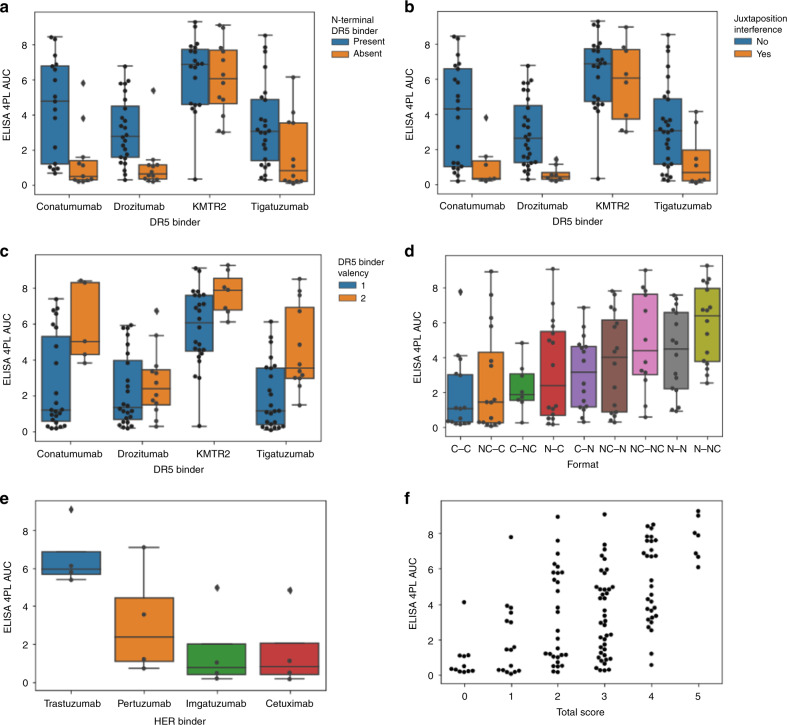Fig. 6. Format defines function—the importance of combining suitable binders and formats.
a Reduction of dual binding functionality in bsAbs that lack N-terminal DR5 binding entities. b C-terminal juxtapositioned Her binders affect DR5 binding of monovalent C-terminal DR5 binders; c Bivalent Conatumumab, Tigatuzumab, and KMTR2 enhances Her-DR5 dual binding; d the N–NC format works without exception for all Her–DR5 binder combinations; e the N–C format works for Trastuzumab combined with DR5 binders in all formats but is not favorable for other Her binders; f screening in final format identifies also combinations that would be “excluded” by strictly rule based approaches. For example, Trastuzumab combined with KMTR2 in C-position show good dual binding despite of bad rule adherence (top entities in column 1–3), and Pertuzumab or Trastuzumab combined with Drozitumab show only marginal dual binding despite of good rule adherence (bottom entities in column 5). Rules applied were (1) DR5 binder present at N-terminus; (2) without C-juxtaposition interference; (3) DR5 valency = 2; (4) HER binder present at N-terminus; (5) DR5 binder = KMTR2. For each construct 1 point was assigned for each fulfilled criterion and the total score compared to the ELISA 4PL AUC outcome (AUC determined from N = 9 dose–response sets each, Supplemental Figs. 3 and 4). A description of the scoring rubric applied to rank individual members of the bsAb binder–format matrix is provided in the methods section. Data points represent the values of individual molecules, Boxplots indicate 25th percentile (box bottom border), 75th percentile (box top border), median (horizontal line in box), “minimum” [25th percentile − 1.5 * interquartile range] (bottom whisker), “maximum”: [75th percentile + 1.5 * interquartile range] (top whisker), and outliers (dots).

